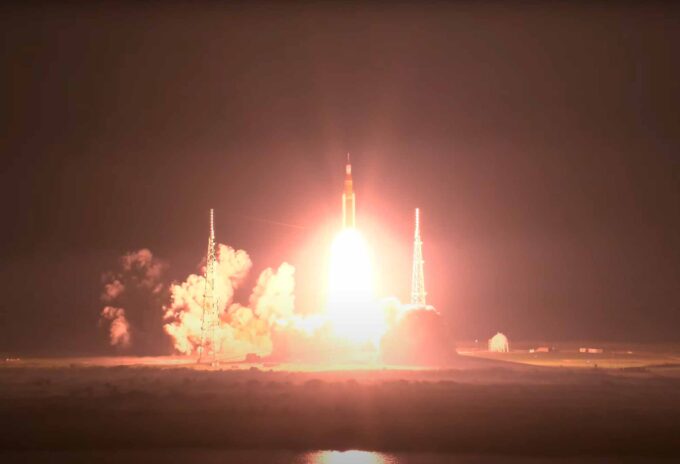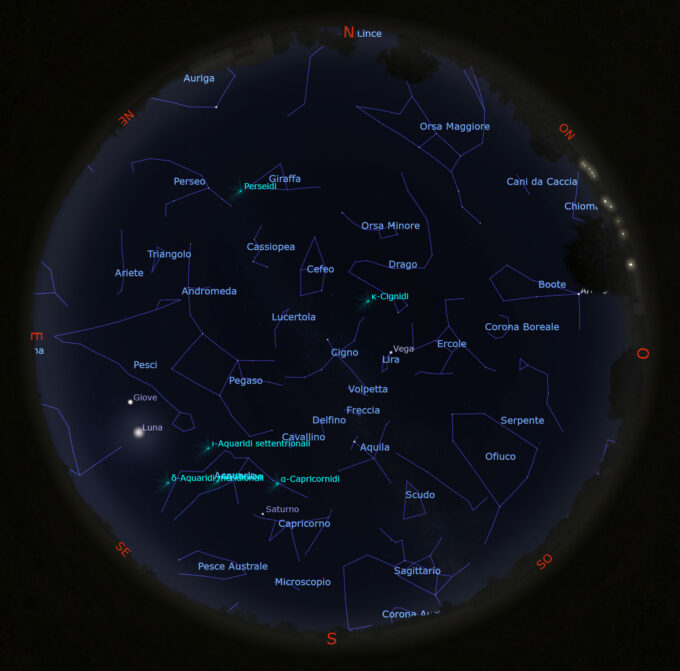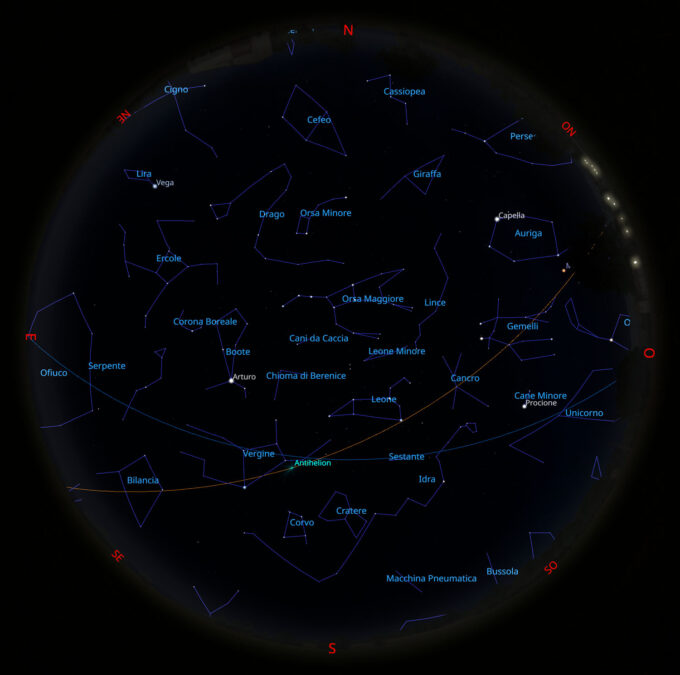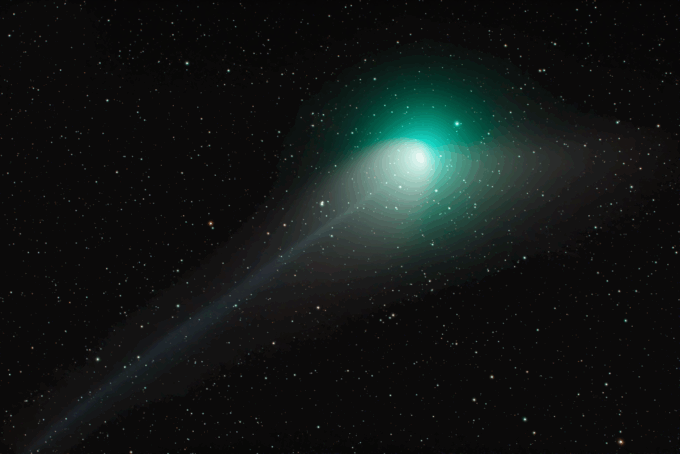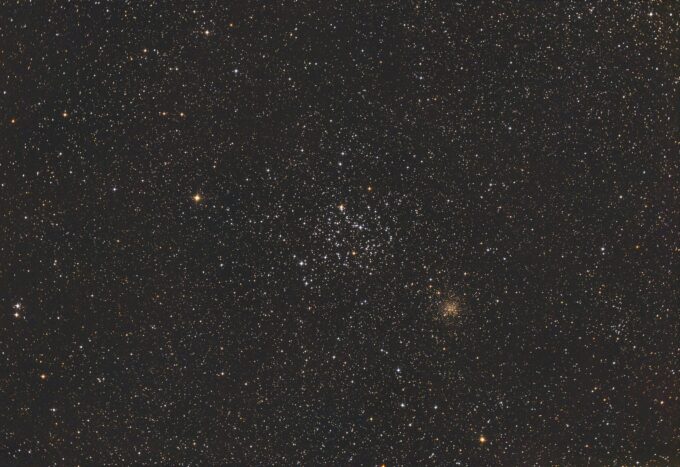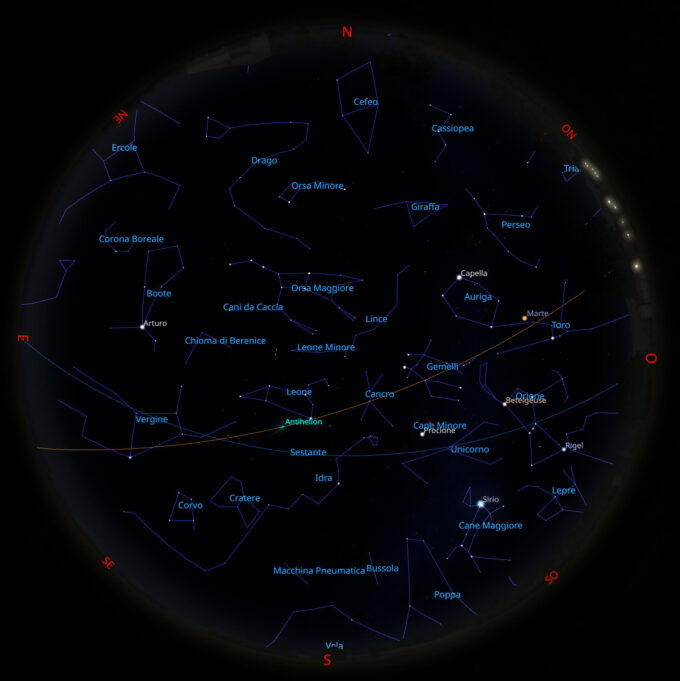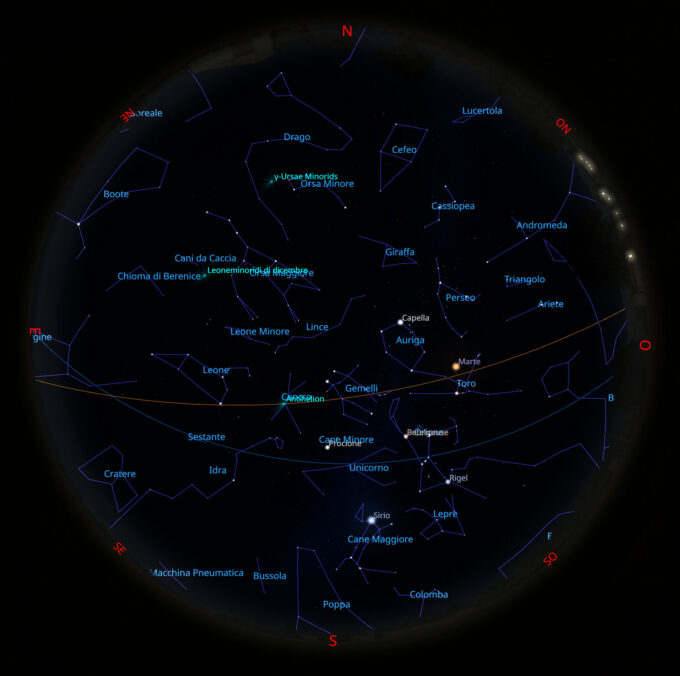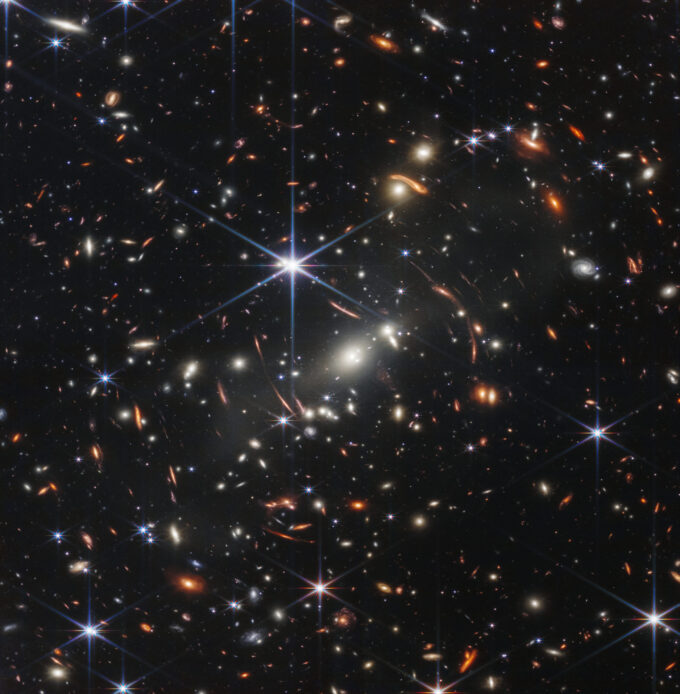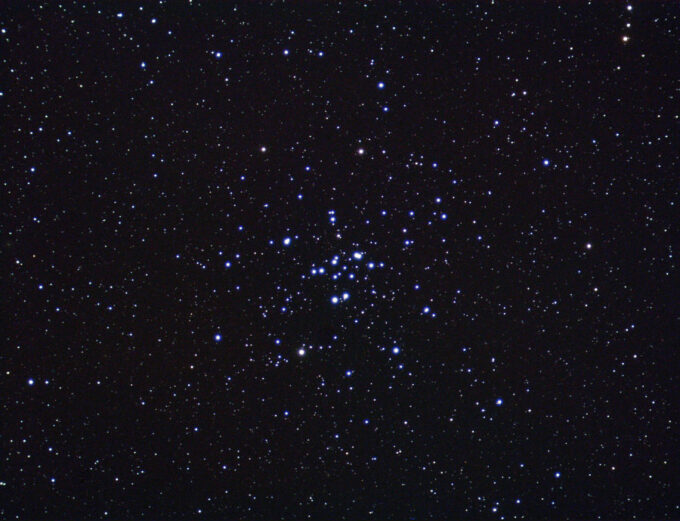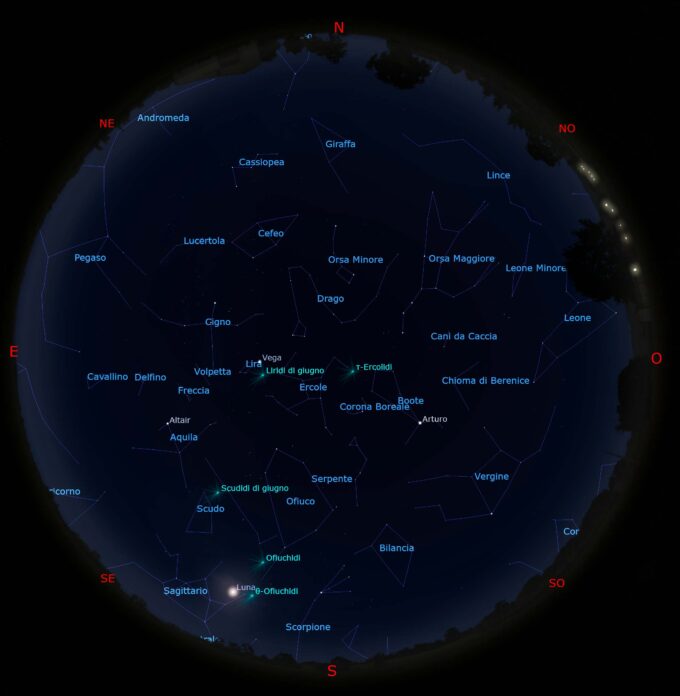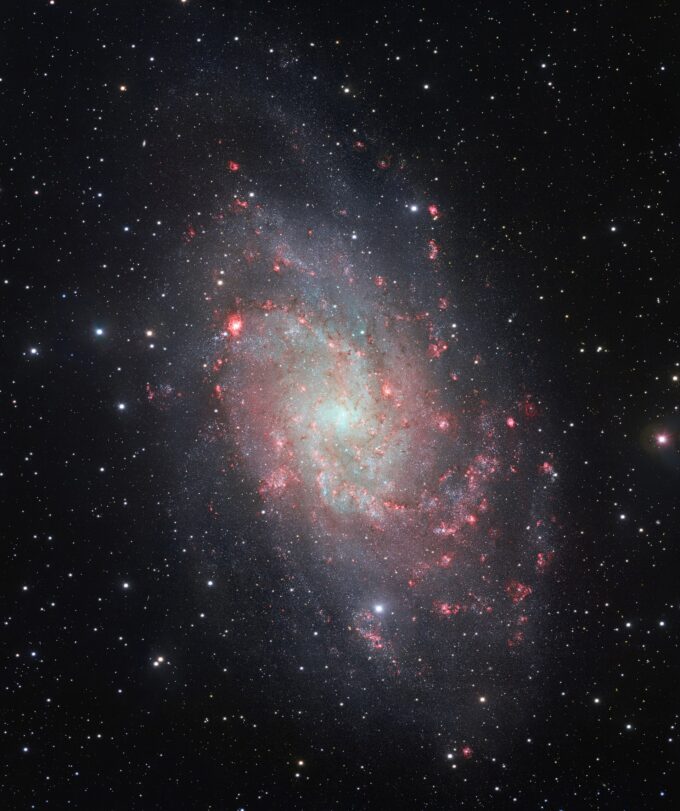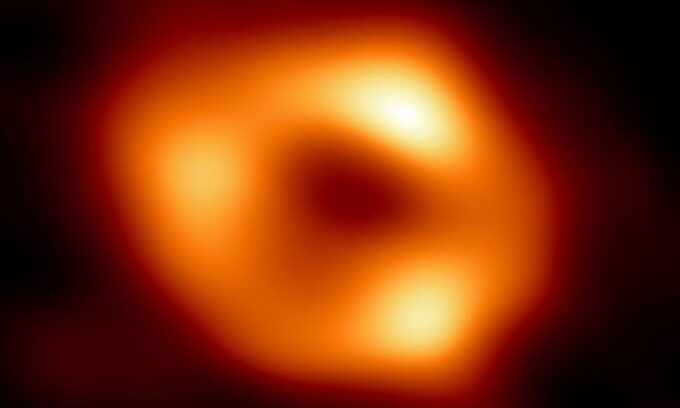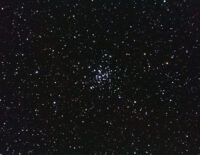Evoluzione stellare nella galassia Leo P
1 Mins readL’ammasso stellare aperto M36
1 Mins readIl cielo di luglio 2023
3 Mins readIl cielo di marzo 2023
3 Mins readLa cometa di Neanderthal
1 Mins readL’ammasso stellare aperto M35
1 Mins readIl cielo di gennaio 2023
Per chi desiderasse avvicinarsi all’osservazione del cielo stellato a occhio nudo o al telescopio, è disponibile il mio primo libro intitolato “Il cielo sopra di noi”, con moltissime informazioni utili...
Il cielo di marzo 2023
Il Sole Attualmente il Sole si trova nella costellazione dell’Acquario e il giorno 12 marzo si muoverà nella costellazione dei Pesci. Il 20...
La cometa di Neanderthal
La notte del 1° febbraio la cometa C/2022 E3 (ZTF), conosciuta anche come “cometa di Neanderthal”, ha raggiunto la minima distanza dalla Terra,...
L’ammasso stellare aperto M35
Dopo una lunga assenza, ritorna il tradizionale appuntamento con gli oggetti del catalogo di Messier. Oggi parleremo di M35, catalogato anche come NGC...
Il cielo di febbraio 2023
Per chi desiderasse avvicinarsi all’osservazione del cielo stellato a occhio nudo o al telescopio, è disponibile il mio primo libro intitolato “Il cielo...
Blog di astronomia, cosmologia, osservazione del cielo stellato e astrofotografia
Vuoi imparare a usare il telescopio e ad osservare il cielo?
Su Amazon è disponibile il mio libro "Il cielo sopra di noi", un manuale completo che vi introdurrà alla conoscenza dell'universo e del cielo stellato. Imparerete a sfruttare al massimo i vostri occhi e il vostro telescopio. In tutto il libro sono presenti moltissime mappe stellari e mappe di costellazioni, utili per orientarsi nel cielo.

Ultimi articoli
Find more
Il cielo di gennaio 2023
Per chi desiderasse avvicinarsi all’osservazione del cielo stellato a occhio nudo o al telescopio, è disponibile il mio primo libro intitolato “Il cielo...
La missione Artems 1 in viaggio verso la Luna
Dopo diversi rinvii dovuti a problemi tecnici, perfettamente normali per un razzo di nuovissima concezione, la missione Artemis 1 è in viaggio verso...
Il cielo di agosto 2022
Il Sole Le informazioni sono tratte dal Cielo del mese di agosto 2021 a cura della UAI. Attualmente il Sole si trova nella...
La prima spettacolare immagine del telescopio James Webb
La NASA ha rilasciato in anteprima una delle prime immagini catturate dal telescopio spaziale James Webb. Si tratta della più profonda e nitida...
L’ammasso stellare aperto M34
Bentornati al nostro appuntamento con il catalogo di Messier! Oggi parleremo di M34, catalogato anche come NGC 1039, un ammasso stellare aperto situato...
Il cielo di giugno 2022
Il Sole Le informazioni sono tratte dal Cielo del mese di giugno 2022 a cura della UAI. Attualmente il Sole si trova nella...
La Galassia del Triangolo (M33)
Bentornati al nostro appuntamento con il Catalogo di Messier! Oggi parleremo della Galassia del Triangolo, catalogata come M33 o NGC 598, una galassia...
La prima foto del buco nero al centro della Via Lattea
Un altro successo straordinario, che stavolta ci riguarda più da vicino, per l’Event Horizon Telescope Consortium. Grazie infatti ad una rete di radiotelescopi...



